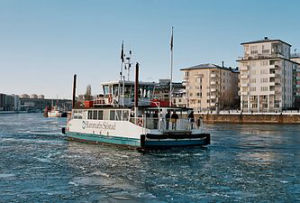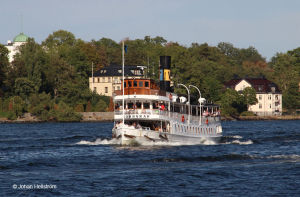The new archipelago fleet

23 fast
BB Green 24
New efficient and fast, emission-free vessels.
BB Green24 tops 35 knots with minimal waves.
Top speed > 25 knots

11 Retrofitted hydrogen vessels
Selected existing ship must reduce speed and get converted into hydrogen drive. These will is also be used for ice-breaking and goods transport.
Speed < 12 knots

16 Slow electric ferries
Some new vessels and older slow-moving commuter vessels will be converted into electric drive
Speed < 12 knots

12 Peak - shaving vessels
Historic and some other vessels will be used for peak-shaving with smart HVO.
Peak-shaving is used for demand peaks.
Follow us on Facebook